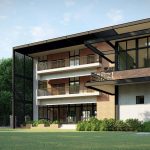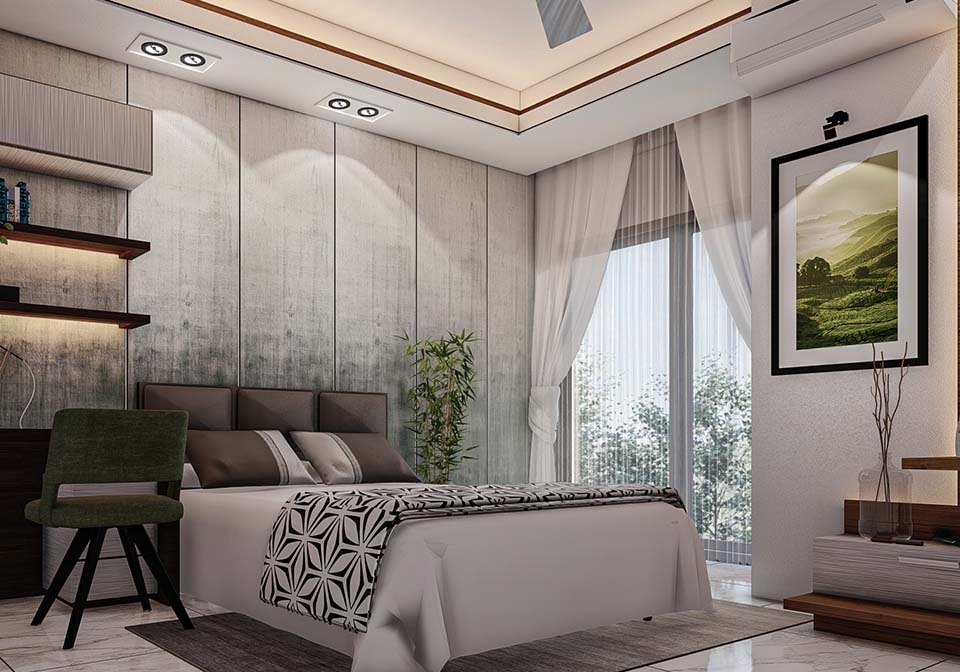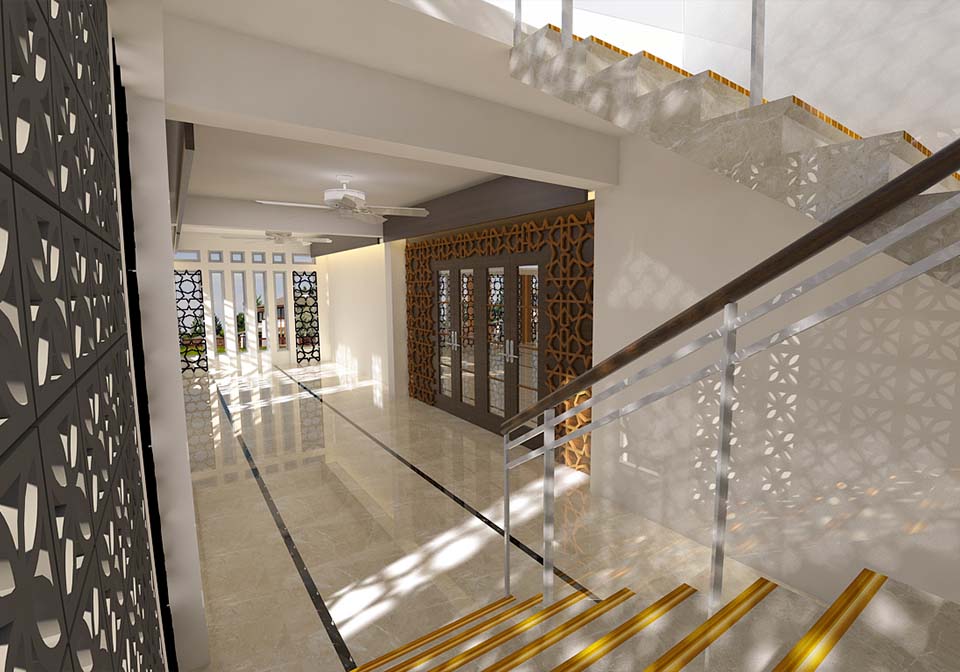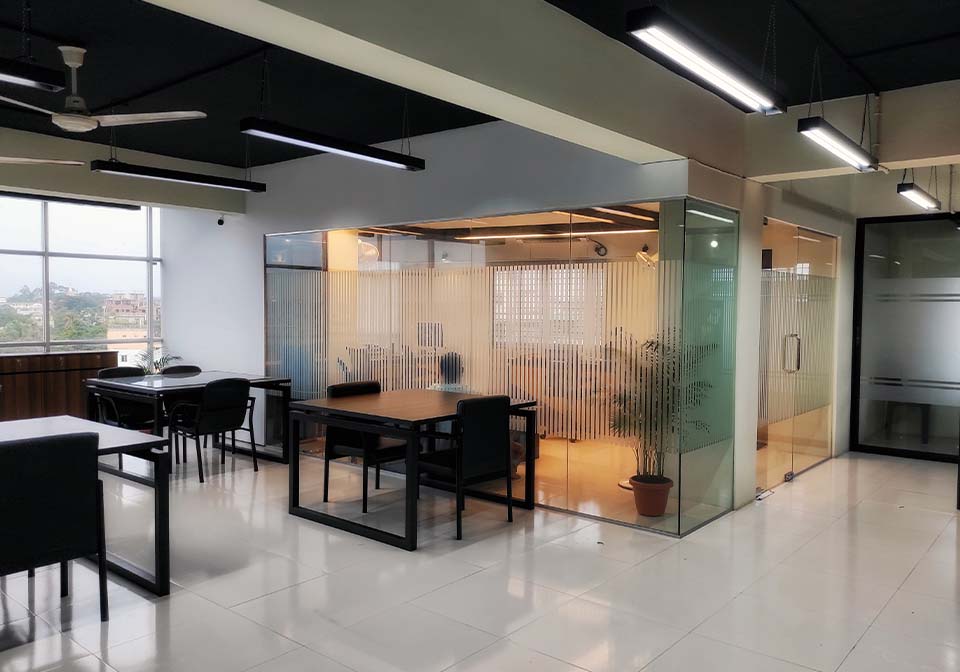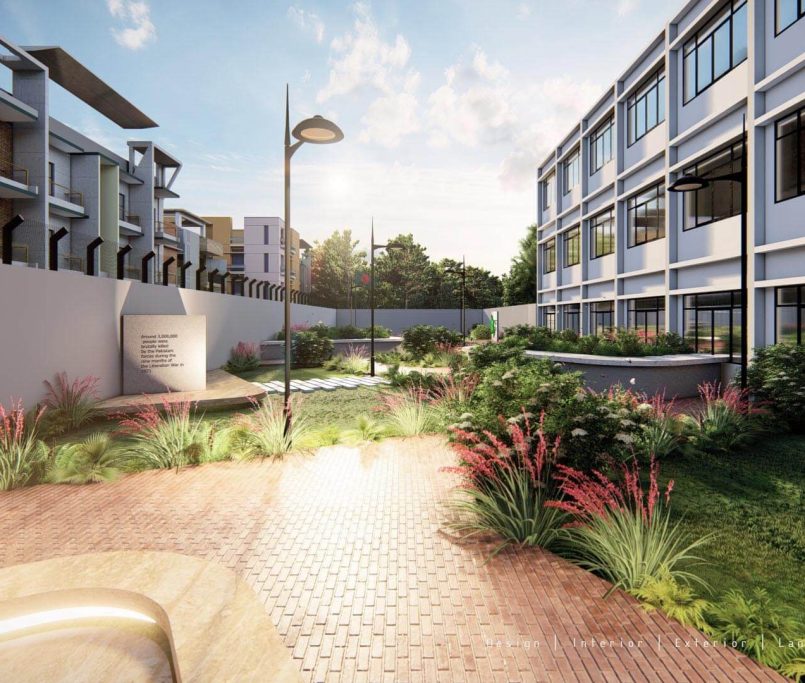Interior design is the art and science of enhancing the interior of a building to achieve a healthier and more aesthetically pleasing environment for the people using the space. It is an inherent part of a home that brings mindfulness and wellness in daily lives. This field specifically focuses on art and functionality and incorporates aesthetics through elements such as furniture, flooring, walls, color schemes, textiles, etc. An interior design can either make or break the quality of spaces we live in while also influencing the way we live, dine, socialize, entertain or relax. Creating a meaningful & comfortable space that fulfills the needs of the inhabitant and optimizes their space is thus really important. Because it is not only about creating spaces but also improving the functional efficiency of that particular space and making sure it evokes the desired emotions in the users is what’s important. To sum up the amalgamation of aesthetics, comfort, functionality, and utilization of elements in a balanced proportion is what interior design is about.
Interior design applies to a wide variety of spaces, ranging from residential and corporate to public and industrial. Through the use of furniture placement, color palettes, decorations, and functional decor, interior designs can ensure variety of spaces – from living rooms that are beautiful yet functional, to offices that people want and love to work in. In whichever case, retaining the individual character of the space is essential. It requires planning of layouts, researches to understand functional needs, psychological aspects involved, and most importantly addressing its visual quality. As the manipulation of space is a matter of both aesthetic and functional consideration, it is needless to mention that besides the designers the clients have a lot to contribute to this work as well.
One of the key considerations in any design must be the question of whether a design functions for its purpose or not. While using function as the only aesthetic criterion would be limiting but it certainly is a valid point to be kept in mind. Another difficult aesthetic consideration while executing an interior design is the concern of appropriateness. Of all the component elements that together form a completed interior, the single most important element is appropriate space. Spaces can be exhilarating or depressing, cheerful or serene, all depending upon the use the designer has made of the various elements that form the whole. Although there can be no strict rules about designing them, it is well to remember the famous statement “less is more” by the modern architect Mies van der Rohe. The ideal scale & perfect proportion allied with its architectural concepts could however be a thumb rule to design the right space.
Unlike exterior design, interior design is mostly concerned with the more intimately scaled aspects. There are a few ways to approach a design. The process generally starts with the speculation of user behaviors and desires before a basic layout can be proposed. When it comes to the layout, aspects like flexibility and adaptability of spaces have to be brought into consideration. If there is a series of interrelated spaces in the layout it is important to create cohesion and a sequential relationship between the spaces, both in terms of planning & visual effect. At the same time, the design must pay attention to ergonomic measurements to ensure the best dimensions for furniture and objects. It must be emphasized that there are many different moods, or modes of composition, that are possible in interior design. Because each person brings to interior design his own cultural modes and in many ways, he is psychologically conditioned and influenced to accept certain things and to reject others. In discussing various modes of composition, considering the occupants, their backgrounds, the locale, and the site is vital. The recognition of this fact brings physical and visual comfort to a dwelling and transmits the designer’s vision as well as the desires needs of the users.
If you don’t like a specific musical style, the theater bores you, or you’re not attracted to works of art, you can almost always avoid them. Architecture, however, is different. A poorly thought-out project will affect your daily lives consistently and for a long time. With interiors, this effect is even more amplified. Humanity is spending more and more time indoors, which directly impacts our well-being and health. In periods of compulsory retirement, as in the current pandemic of Covid-19, we gain a sense of how important interior spaces are for our well-being and even for the prevention of diseases. As values are changing during this Covid-19 phase, so are our homes. Homes have become a place to retreat to, to stay safe in, and a place to come together. Homes are now classrooms, offices, gyms, and studios, and so the functionality of space in the future will be vastly different from what it has been. Here, we address those functional requirements and wrap them with fresh ideas to make your home look one of a kind. To elevate your living experience we specifically weave designs that are tailored to your needs.
